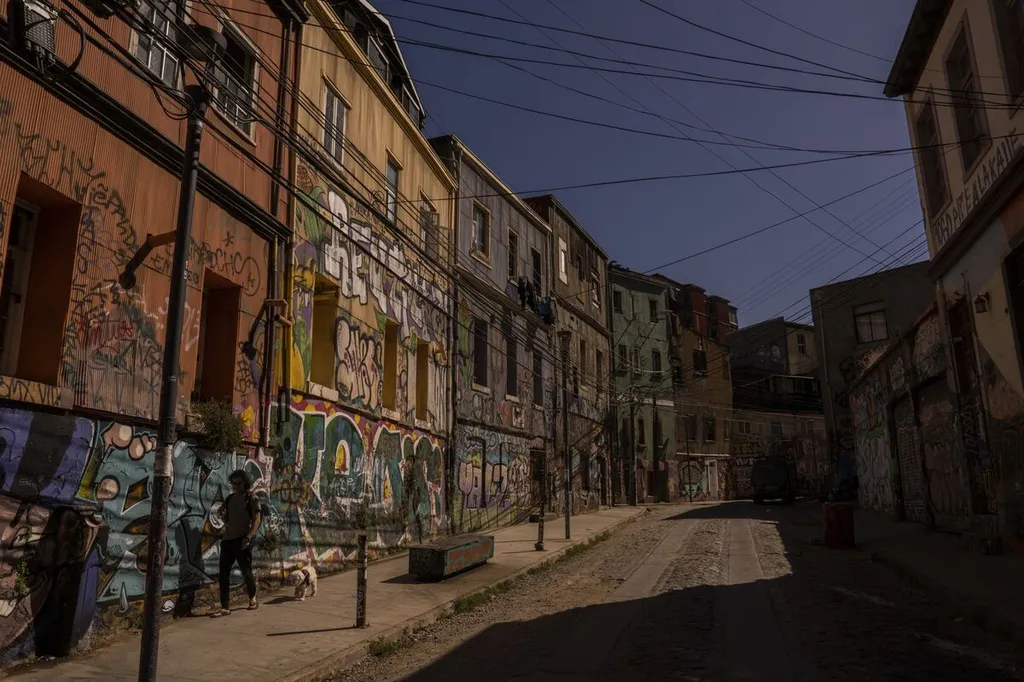In the vibrant, hillside city of Valparaíso, Chile, a silent crisis has been unfolding, one that threatens the very soul of its architectural heritage. A recent study published in *Anales de Edificación* (Annals of Construction) sheds light on the persistent problem of fires in large heritage buildings, a scourge that has left 30 properties in various states of disrepair. The research, led by Mª Paz Sáez-Pérez, a University Lecturer and PhD in the Department of Architectural Constructions at the University of Granada, offers a stark reminder of the delicate balance between preserving the past and embracing the future.
Valparaíso, once the most developed city in Chile, is a living testament to a rich cultural syncretism, a blend of European, North American, and local influences that is most evident in its architecture. However, this heritage is under constant threat from fire disasters, a problem that has exacerbated in recent years. “These catastrophes are not new, but they continue to occur, and their frequency and impact have increased,” Sáez-Pérez notes, highlighting the urgency of the situation.
The commercial implications of this issue are significant, particularly for the energy sector. Heritage buildings, with their unique architectural features and historical value, attract tourists and investors alike. The loss of these structures could lead to a decline in tourism, impacting local businesses and the broader economy. Moreover, the rehabilitation and reuse of these buildings present opportunities for sustainable energy solutions, such as retrofitting them with energy-efficient systems. “The rehabilitation of these buildings is not just about preserving the past; it’s about creating a sustainable future,” Sáez-Pérez explains.
The study also underscores the need for proactive measures to prevent fires and mitigate their impact. This includes improving fire safety regulations, enhancing emergency response systems, and promoting public awareness. The research could shape future developments in the field by advocating for a more holistic approach to heritage preservation, one that integrates fire safety, sustainability, and community engagement.
As Valparaíso grapples with this challenge, the lessons learned could resonate far beyond its borders. The preservation of heritage buildings is a global concern, and the insights gleaned from this study could inform policies and practices worldwide. In the words of Sáez-Pérez, “The preservation of our heritage is a shared responsibility, one that requires collective action and vision.”

